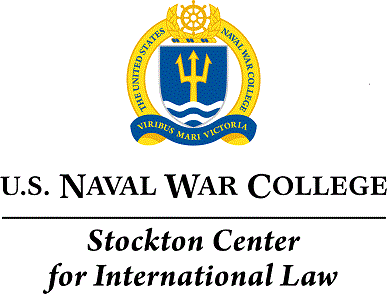
Abstract
The Ukraine-Russia conflict has wreaked disproportionate harms upon children. Hundreds reportedly were killed or wounded within the opening months of the conflict, thousands lost loved ones, and millions left their homes, their schools, and their communities. Yet public discussions of how to settle the conflict contain very little at all about children. This article seeks to change that dynamic. It builds on a relatively recent trend, one that situates human rights within the structure of peace negotiations, to push for particularized treatment of children’s experiences, needs, rights, and capacities in eventual negotiations. The article draws upon twenty-first century projects that examine the lives of children in armed conflict by synthesizing international child law. The projects’ syntheses have influenced the work of certain international organizations bodies but not, to date, the work of peace settlements.
To demonstrate their relevance to conflict resolution, the article first outlines two syntheses by the United Nations and by the International Criminal Court Office of the Prosecutor. After mapping child rights and conflict harms, it examines the treatment of children in Colombia’s 2016 peace agreement and a 1999 agreement related to Sierra Leone. The article concludes by proposing child-inclusive options for peace processes and eventual peace agreements.
html
Included in
International Humanitarian Law Commons, Juvenile Law Commons, Military, War, and Peace Commons
